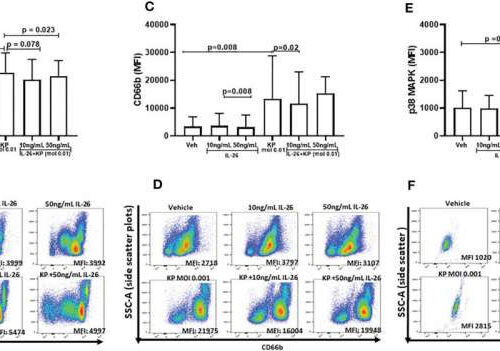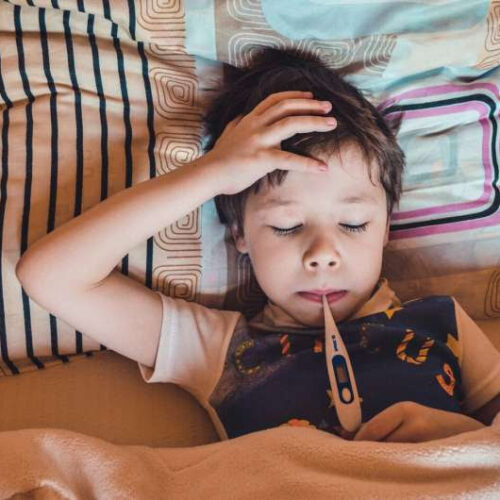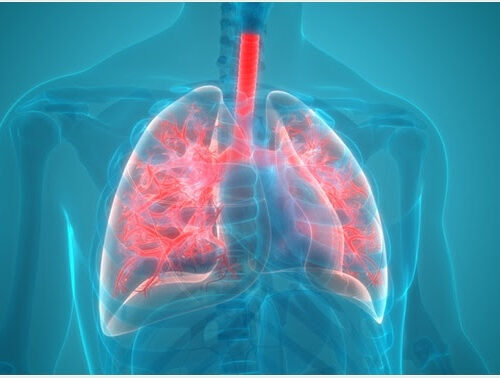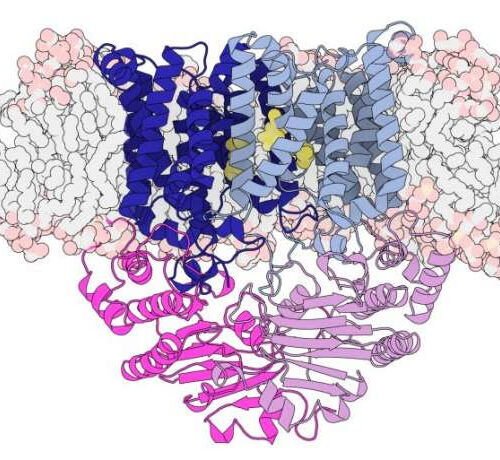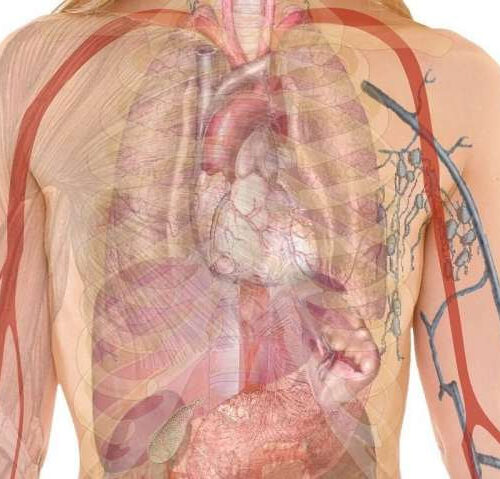by Karolinska Institutet Effects of IL-26 on the activation state of neutrophils exposed to Klebsiella pneumoniae. Human blood neutrophils were exposed to live Klebsiella pneumoniae (multiplicity infection (MOI); 0.01) with and without additional stimulation by rhIL-26 (10 and 50 ng/mL) for 3 hours. The expression of CD11b, CD66b and p38 MAPK was assessed using flow...
Tag: <span>Pneumonia</span>
How to protect your kids from RSV
by Sean McTigue, University of Kentucky Credit: Pixabay/CC0 Public Domain Respiratory syncytial virus, or RSV, is on the rise in Kentucky. For most people, including children, RSV will cause a common cold-like illness and will recover in a week or two. But a small percentage of infants and younger children may become more ill and need...
Viral vs Bacterial Pneumonia
By Clare Knight, B.Sc. Reviewed by Emily Henderson, B.Sc. What is pneumonia? Pneumonia is an infection of one or both lungs which affects alveoli, the tiny sacs found in clusters at the end of the branching structure of airways (respiratory tree) that supply air to the lungs. Alveoli have very thin walls and are surrounded...
Starving the bacterium that causes pneumonia
by Florienne Loder, University of Melbourne Structure of the S. pneumoniae manganese transporter including the transmembrane regions (blue), the energy driving domains (pink), and the membrane lipids as pale grey with pale orange heads. The yellow sections represent the position of the manganese-specific gating residues. Credit: Hugo MacDermott-Opeskin, Megan O’Mara, and Christopher McDevitt The invitations, decorations,...
This stinks: New research finds sense of smell and pneumonia linked
MICHIGAN STATE UNIVERSITY EAST LANSING, Mich. – An acute loss of smell is one of the most common symptoms of COVID-19, but for two decades it has been linked to other maladies among them Parkinson’s disease and dementia. Now, a poor sense of smell may signify a higher risk of pneumonia in older adults, says...
New clinical practice guideline on community acquired pneumonia
by American Thoracic Society Credit: CC0 Public Domain In its latest clinical practice guideline on community-acquired pneumonia the American Thoracic Society’s guidelines panel addresses the use of nucleic acid-based testing for non-influenza viral pathogens. The guideline was published online in the May 1 issue of the American Journal of Respiratory and Critical Care Medicine. Community-acquired pneumonia is caused by a...
Five days of antibiotics fine for children with pneumonia
by McMaster University Associate professor of pediatrics of McMaster’s Michael G. DeGroote School of Medicine and an infectious disease pediatrician for Hamilton Health Sciences. Credit: McMaster University Many parents know the struggle of having to make children with pneumonia finish the usual 10-day course in antibiotics despite the child feeling better after a few days of...
First 10 days after leaving hospital carry high risk for COVID-19 patients, study finds
MICHIGAN MEDICINE – UNIVERSITY OF MICHIGAN In the first months after their COVID-19 hospital stay, patients face a high risk of ongoing health problems, trips back to the hospital, and death, a growing number of studies has shown. But the first week and a half may be especially dangerous, according to a new study in JAMAby...
Is it possible to have pneumonia without a fever?
Pneumonia is a respiratory infection that affects the lungs. It causes inflammation in the air sacs, or alveoli, of one or both lungs. Although a fever is a common symptom of pneumonia, it is possible for a person to have pneumonia without a fever. A fever means that a person has a body temperature of 100.4ºF (38ºC) or above....
Many with lupus at high risk for adverse reactions to pneumocystis pneumonia drug
AMERICAN COLLEGE OF RHEUMATOLOGY ATLANTA — New research shows that adults with systemic lupus erythematosus, who receive trimethoprim-sulfamethoxazole (TMP-SMX), a prophylactic therapy to help prevent pneumocystis pneumonia, are at high risk for adverse reactions to the drug, particularly if they are also positive for anti-Smith (anti-Sm) antibodies. Details of the study was presented at ACR...

